Hi there, pet lovers! 🐠
The Dwarf Gourami (Trichogaster lalius) is one of the most colorful and captivating freshwater fish available in the aquarium hobby. Beloved for its bright hues, manageable size, and curious personality, this little fish has become a staple in aquariums around the world. While often recommended for beginners, there’s more to this species than meets the eye. In this comprehensive review, we’ll explore everything you need to know about Dwarf Gouramis — from their temperament and care requirements to their diet, tank setup, and breeding habits.
Whether you’re a beginner aquarist looking for your first centerpiece fish or an experienced hobbyist seeking to add a splash of color to your tank, this guide will help you decide if the Dwarf Gourami is the right choice for your aquarium.
Overview
The Dwarf Gourami is a small, freshwater labyrinth fish native to South Asia — primarily India, Bangladesh, and Pakistan. Recognized for their bright, iridescent colors and peaceful nature, they’ve become a favorite among aquarists worldwide. However, despite their reputation as a “peaceful community fish,” they can sometimes display territorial or semi-aggressive behavior, especially among males.
Here’s a quick summary of what makes them unique:
- Handling and Temperament: Generally peaceful but can be territorial, especially males.
- Care and Maintenance: Beginner-friendly but thrives best in well-planted, stable environments.
- Health and Durability: Hardy overall, though selective breeding has led to occasional health concerns.
- Availability: Widely available in pet stores and from breeders.
- Cost: Affordable to buy and maintain.
- Overall: A stunning, interactive fish that works beautifully as a centerpiece in small to medium community tanks.
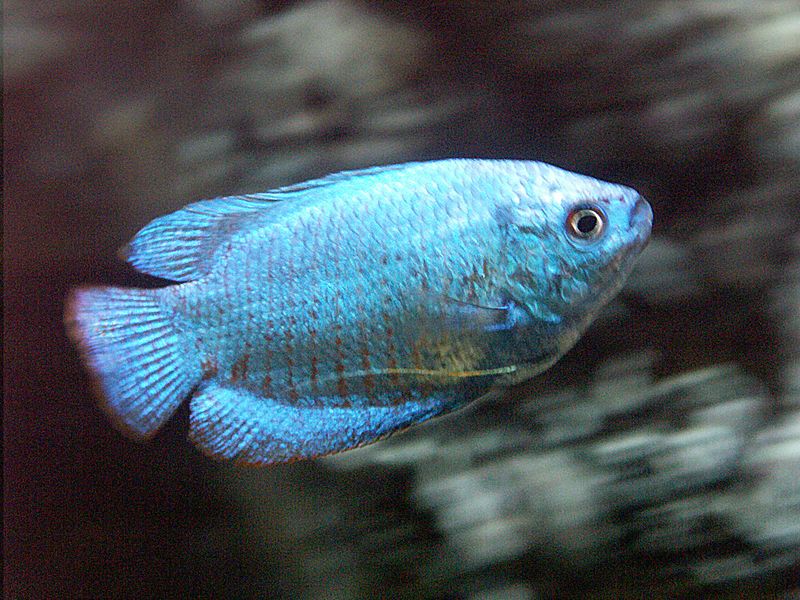
Why Choose a Dwarf Gourami?
Dwarf Gouramis are the perfect combination of beauty and personality. Their compact size (averaging 3–3.5 inches) and brilliant colors — from powder blue and flame red to neon turquoise — make them a centerpiece species that stands out even in smaller aquariums.
They are labyrinth fish, meaning they have a special organ that allows them to breathe air directly from the surface. This adaptation makes them quite hardy, capable of thriving in low-oxygen environments where other fish might struggle.
Beyond their looks, Dwarf Gouramis are known for their curious and engaging nature. They often interact with their surroundings — inspecting decorations, plants, and even following movement outside the tank. While they’re often described as peaceful, their temperament varies between individuals, adding a touch of unpredictability to their charm.
Handling and Temperament
Dwarf Gouramis are often marketed as peaceful community fish — and while this is true in many cases, they can also be semi-aggressive, particularly males.
Personality and Behavior
- Males are territorial, especially in smaller tanks or when multiple males are kept together.
- Females are generally calmer, making them better choices for community setups.
- Their behavior is influenced by tank conditions, space, and tank mates. Some remain peaceful and shy, while others become assertive or even dominant.
Compatibility
They do well with peaceful tank mates such as:
- Neon Tetras
- Harlequin Rasboras
- Corydoras Catfish
- Otocinclus
- Kuhli Loaches
Avoid pairing them with fin-nipping or aggressive fish such as barbs or large cichlids, as this can lead to stress or injury.
Social Structure
While some sources recommend keeping groups of Dwarf Gouramis, we’ve found that a single male per tank is often best. In larger aquariums (30 gallons or more), it’s possible to keep one male with 2–3 females to minimize aggression.
Despite their occasional attitude, Dwarf Gouramis are not overly destructive or chaotic. They are interactive fish that enjoy exploring their tank and occasionally surfacing to gulp air — a charming behavior unique to labyrinth fish.
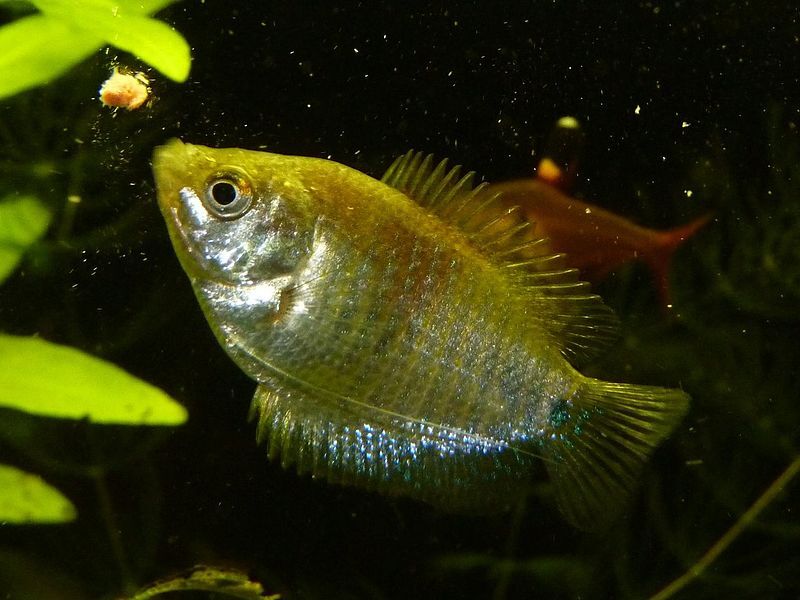
Care and Maintenance
While Dwarf Gouramis are considered beginner-friendly, they do have specific care needs that ensure long-term health and vibrant coloration.
Tank Setup
- Tank Size: A minimum of 10 gallons for a single Dwarf Gourami. Larger tanks (20 gallons or more) are preferable for multiple fish.
- Tank Shape: Long horizontal tanks work better than tall ones, as Gouramis like to swim mid-to-top levels.
- Substrate: Dark sand or fine gravel enhances their colors and provides a natural look.
- Decor: Include driftwood, rocks, and dense live plants like Java Fern, Anubias, and Amazon Sword. Floating plants such as duckweed or water lettuce also help them feel secure.
- Filtration: Use a low-flow filter — strong currents can stress them out. Sponge filters or adjustable-flow HOB filters are ideal.
Water Parameters
Dwarf Gouramis are adaptable, but they thrive best in stable, clean water.
- Temperature: 77–80°F (25–27°C)
- pH: 6.0–7.5
- Hardness: 4–10 dGH
- Ammonia & Nitrite: 0 ppm (any trace can harm them)
- Nitrate: Below 20 ppm
Regular partial water changes (25–30% weekly) keep them healthy and prevent stress-related illnesses.
Lighting and Aeration
They prefer dim or moderate lighting with plenty of shaded areas provided by floating plants. Aeration is optional since they can breathe air, but good water circulation helps maintain oxygen levels for their tank mates.
Feeding
Dwarf Gouramis are omnivores and enjoy a varied diet. A balanced mix of plant-based and protein-rich foods will help maintain their vivid colors and energy.
Recommended Foods
- High-quality flakes or pellets designed for tropical or community fish
- Frozen or live foods: bloodworms, brine shrimp, daphnia, and mysis shrimp
- Freeze-dried foods as occasional treats
- Blanched vegetables like spinach or zucchini
Feed small portions once or twice daily, ensuring all food is consumed within 2–3 minutes. Overfeeding can lead to poor water quality and health issues.
While they eat eagerly, be mindful that Dwarf Gouramis can be quick eaters, often outcompeting slower species during feeding time. Using a food that disperses throughout the tank can help ensure everyone gets a fair share.
Breeding
Breeding Dwarf Gouramis can be an enjoyable experience for aquarists. They are bubble nest builders, similar to Betta fish.
Breeding Setup
- Separate Breeding Tank: 10–15 gallons with 6–8 inches of water.
- Temperature: 80–82°F (27–28°C).
- Plants: Floating plants like water sprite for anchoring bubble nests.
- Filtration: Gentle sponge filter.
Process
- Condition the pair with high-protein foods (live or frozen).
- The male builds a bubble nest at the surface.
- The pair spawns beneath the nest, releasing hundreds of tiny eggs.
- Remove the female afterward — males guard the nest and care for eggs.
- Once fry are free-swimming (after ~3 days), remove the male and feed fry infusoria or powdered fry food.
With patience and attention, breeding Dwarf Gouramis can be both fascinating and rewarding.
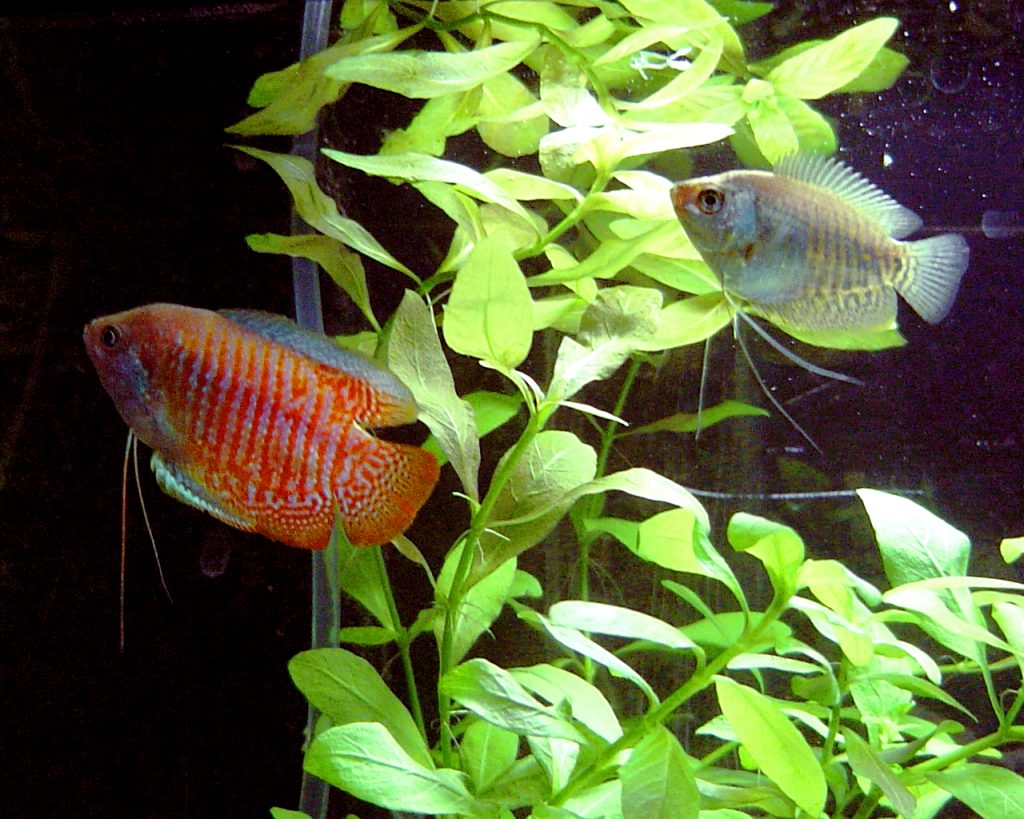
Health and Durability
Dwarf Gouramis are generally hardy, but due to years of selective breeding, some strains are more prone to health issues.
Common Health Concerns
- Dwarf Gourami Iridovirus (DGIV): A viral disease that can cause lethargy, swelling, and color loss. It’s unfortunately incurable, so always buy from reputable breeders.
- Bacterial Infections: Often caused by poor water quality or stress.
- Fin Rot and Ich: Preventable with clean water and proper quarantine practices.
Prevention Tips
- Quarantine all new fish for 2 weeks before adding them to your main tank.
- Avoid sudden water parameter changes.
- Provide a peaceful environment with minimal stress.
With proper care, Dwarf Gouramis typically live 4–5 years, though some can live up to 6 years in optimal conditions.
Availability and Cost
Dwarf Gouramis are among the most widely available freshwater fish in the aquarium trade. You can find them in nearly any pet store, local breeder, or online fish supplier.
Popular Varieties
- Powder Blue: Entirely bright blue body.
- Flame: Deep orange-red body with blue fins.
- Neon Blue: Metallic blue with red vertical stripes.
- Honey or Sunset Gourami: Close relatives, known for golden-orange hues.
Price Range
- Standard Dwarf Gourami: $5–$10
- Special Morphs (e.g., Flame or Neon): $10–$20
- Initial Setup Cost: $100–$200 (tank, filter, plants, décor, heater, and food)
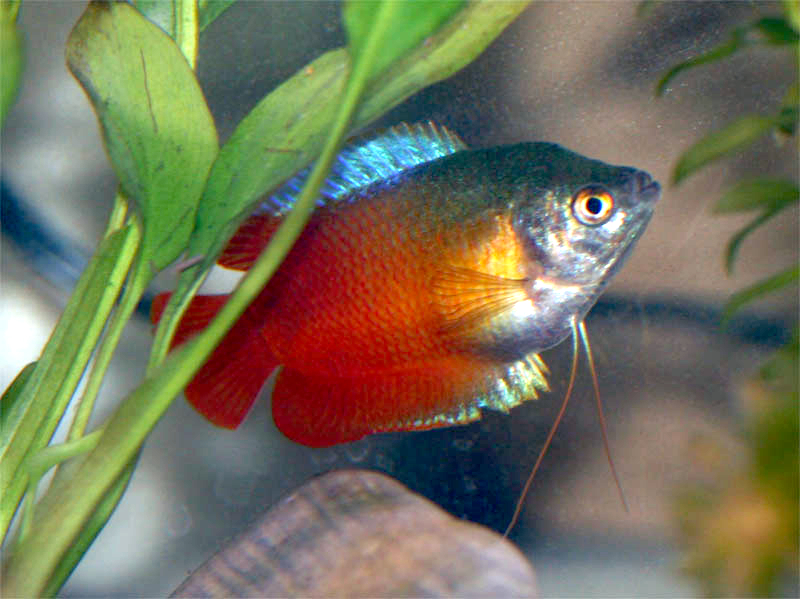
Pros and Cons
Pros
✅ Strikingly colorful and visually stunning.
✅ Hardy and well-suited for beginners.
✅ Adaptable to a range of water parameters.
✅ Small size makes them ideal for 10–20 gallon tanks.
✅ Engaging personality and bubble-nesting behavior.
Cons
❌ Males can be territorial or semi-aggressive.
❌ Sensitive to poor water conditions.
❌ Risk of viral disease (DGIV) in low-quality stock.
❌ Can outcompete slower tank mates during feeding.
Final Thoughts
The Dwarf Gourami is one of the most rewarding fish to keep in the freshwater hobby. Its vibrant coloration, fascinating behavior, and manageable care needs make it an excellent choice for aquarists seeking a centerpiece fish for a smaller tank.
While they have a reputation for peacefulness, every individual has its own personality — some are docile, while others show flashes of dominance. With proper tank mates, clean water, and a stable environment, Dwarf Gouramis can thrive for years and bring endless charm to your aquarium.
If you’re considering bringing one home, visit a trusted breeder or well-reviewed local store, observe the fish carefully for health and activity, and prepare a calm, planted tank environment.
Have you kept Dwarf Gouramis before? Share your experience and care tips in the comments below — we’d love to hear your stories!
For more aquarium care guides and fish reviews, stay tuned to our blog and don’t forget to subscribe for future updates! 🐟

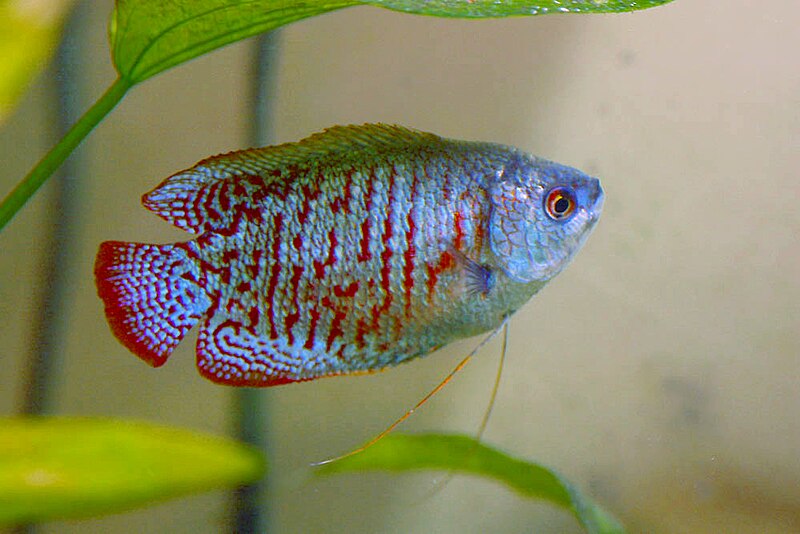

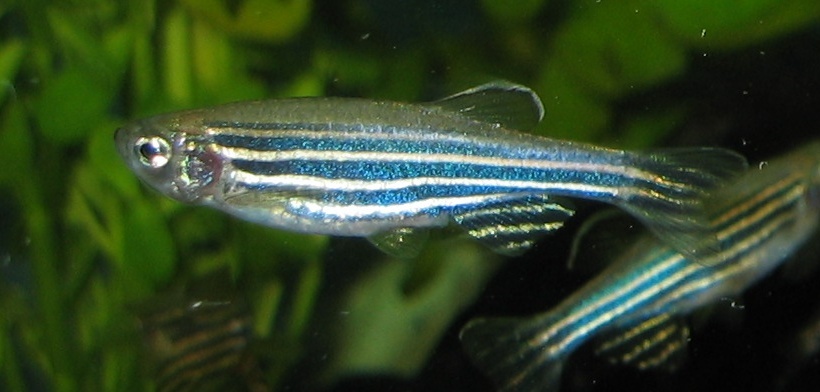
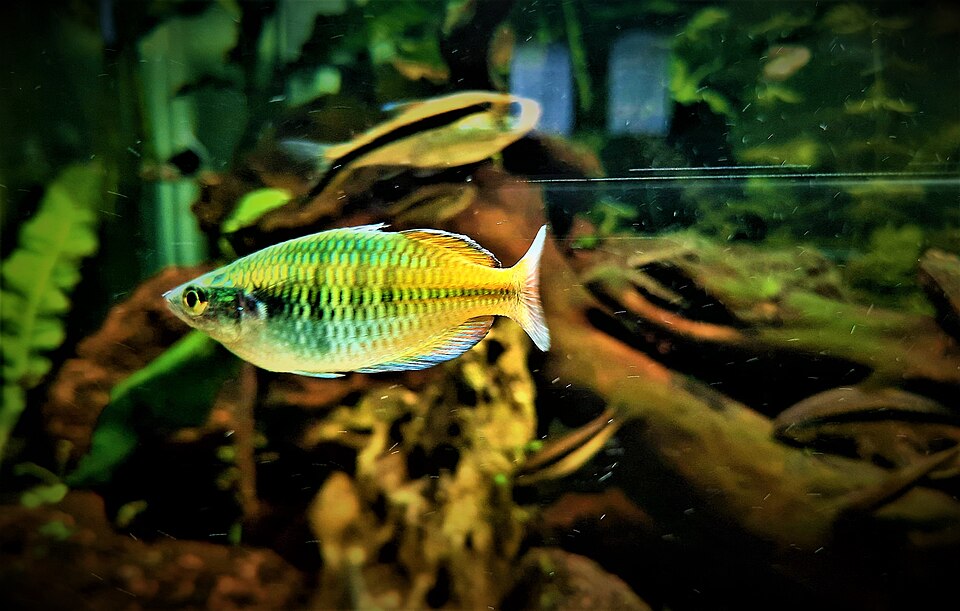
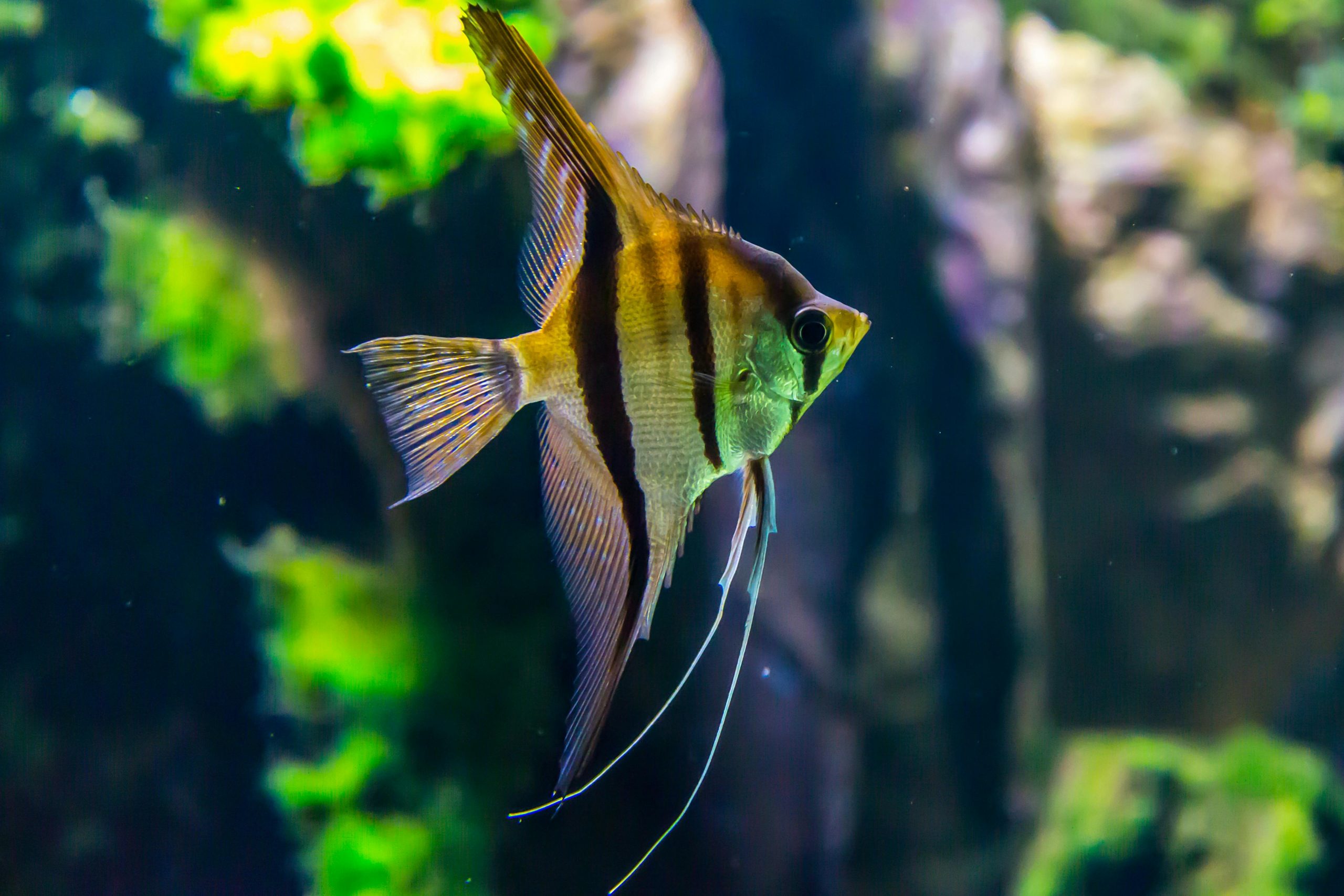
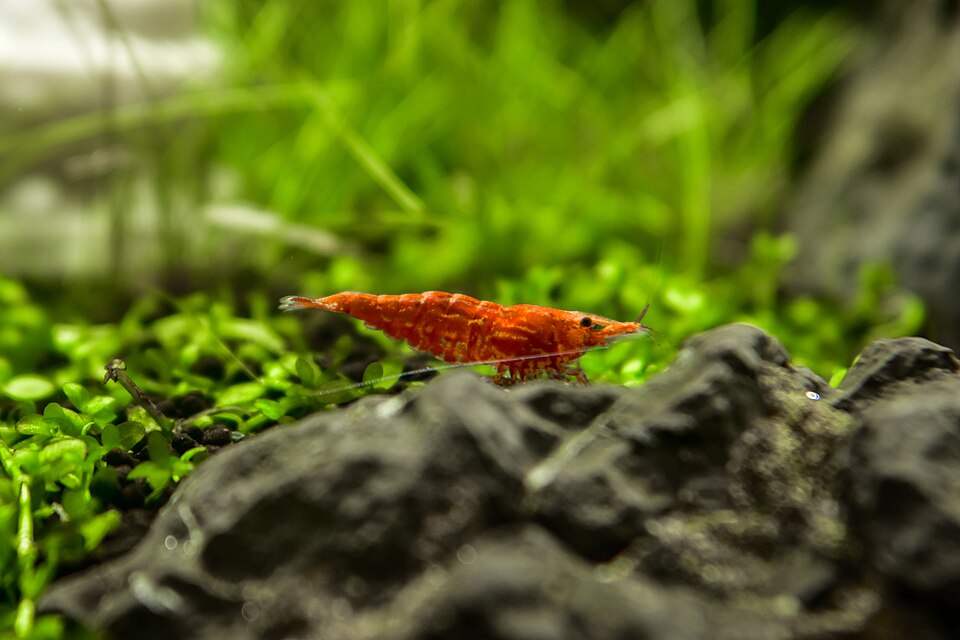

Leave a Reply